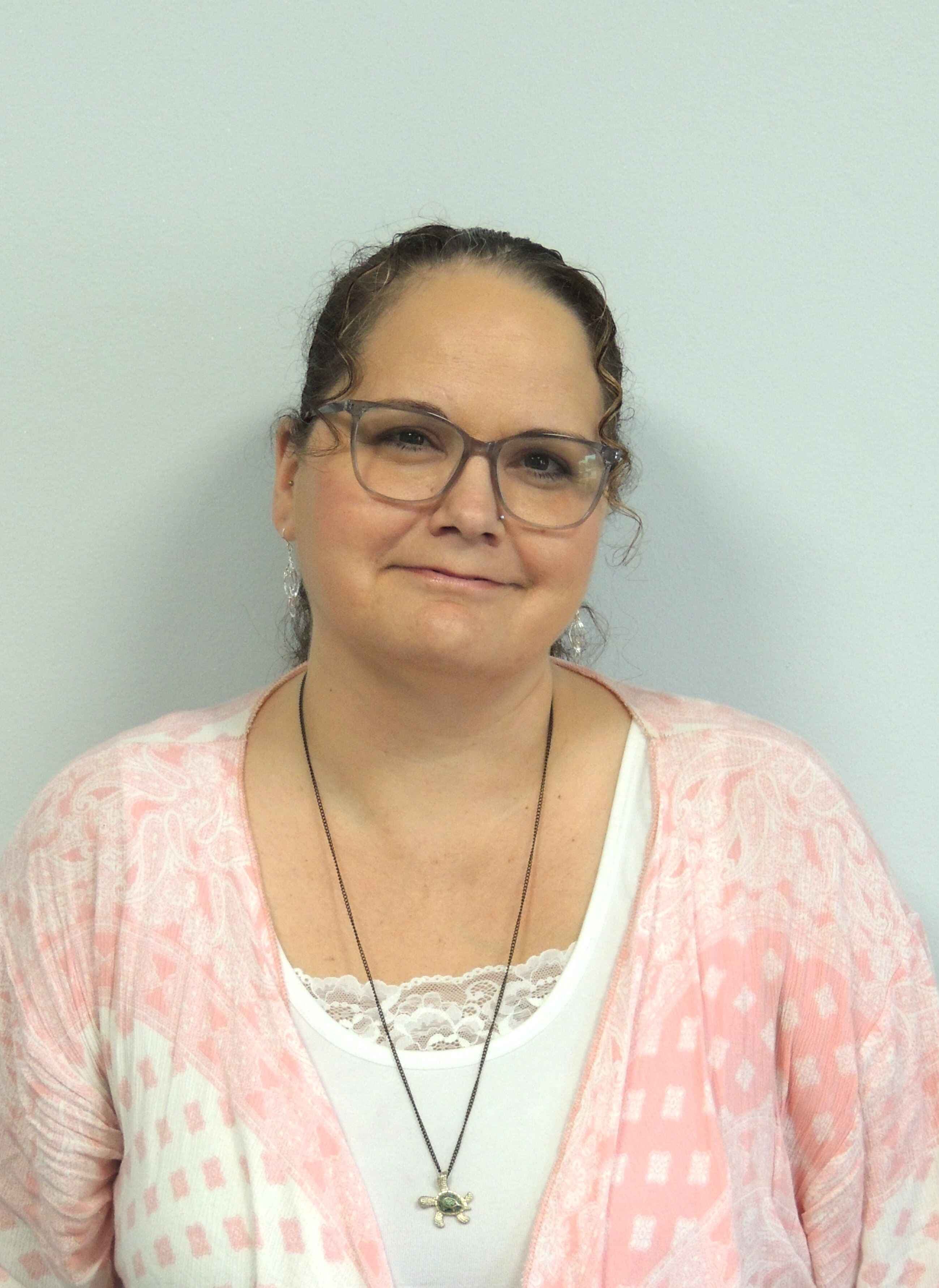
About Us
Meet Our Team
Meet Our Team
Discover our compassionate group of licensed therapists and support staff dedicated to delivering exceptional mental health care. From clinical social workers and mental health counselors to trauma specialists, our team offers both in-person and virtual therapy using evidence-based, person-centered methods. With diverse expertise and a focus on holistic, whole-person care, we’re committed to helping you heal, grow, and reclaim stability in your life.
Find a Provider
Behavioral Health

Joseph Rengifo, MA, LCMHC, CAMS-II, CCMC
Licensed Clinical Mental Health Counselor Associate
English, Español (Spanish)

Havah Henzler, LCSW, LCAS
Licensed Clinical Social Worker & Service Worker
English, Español (Spanish)

Adam Howell, LCMHC, MS
Licensed Clinical Mental Health Counselor

Dr. Perry Stanley, PhD, Clinical Fellow - AAMFT, Approved Supervisor - AAMFT, Certified in Clinical Hypnosis - ASCH
Marriage & Family Counselor
Kailyn Mattingly, NCC, LCMHCA
Licensed Clinical Mental Health Counselor Associate

Abigail Waldrop, LCMHCA
Licensed Clinical Mental Health Counselor Associate

Richard (Gage) Howard, LCMHC, NCC
Licensed Clinical Mental Health Counselor

Londen Denny, LCSWA, MSW
Licensed Clinical Social Worker Associate

Catherine Fulop, LCSW, LCAS
Licensed Clinical Social Worker & Licensed Clinical Addiction Specialist
Stacy Tarantino, LCMHCA, NCC, Certified Trauma Professional, EMDR Certified
Licensed Clinical Mental Health Counselor Associate

Lisa McCormick, LCMHC
Licensed Clinical Mental Health Counselor
Intern
Staff

Payton Litzinger
Office Manager
Dionya Hawkins
Patient Care Specialist
Kimberly Alford
Patient Support Specialist
Elaiza Landrito
Patient Care Coordinator
Antonio Gamboa
Medical Records


